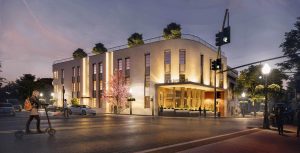Hillcrest students pen letters to readers a hundred years from now
Time capsule sealed at Bear Mountain Bridge ceremony
Frank Goderre and teacher Jamie Rossi with the time capsule containing 92 letters from Hillcrest students. Photos by Regina Clarkin
April 22, 2023
Letters from 92 fourth graders at Hillcrest Elementary School were sealed in a time capsule commemorating the 100th anniversary of the construction of the Bear Mt Bridge at a ceremony Thursday at the bridge. Inside the capsule were the letters and a piece of sandstone used to carve a statue of Brooklyn native Justice Ruth Bader Ginsburg that will sit in New York State’s Capitol. The time capsule will be stored for 100 years in the bridge’s west anchorage which is located in the basement of the historic stone administration building where there is a small museum. The capsule will be opened in 2123.
The connection to Peekskill school children and the Bear Mountain Bridge came through Frank Goderre, the former Peekskill historian who is currently the historian for the Town of Cortlandt, east landing of the Bear Mountain Bridge.
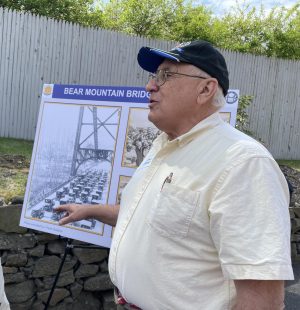
In early March, Goderre visited the fourth grade classes of Jamie Rossi and related the story to students of how Bear Mountain Bridge was constructed. (Fourth graders study New York State history as part of state curriculum). At the time the Bear Mountain Bridge was built in 1923, it was the longest single span suspension bridge in the country, and the first suspension bridge with a concrete deck. It took 20 months and four days to complete the project, and there were no fatalities during its construction. It opened on November 26, 1924. In the capsule celebration marking the centennial kick-off, a letter from Governor Kathy Hochul was read. In the letter she spoke of the advances realized in constructing the Bear Mountain Bridge, and how those breakthroughs helped spur bridge building around the country.
Letters from the fourth graders will reveal to future readers what the lives of present Peekskill children were like. “These are a deliberate method to communicate with future people,” said Kathy Burke of the Historic Bridges of the Hudson Valley, who spoke at the time capsule celebration.
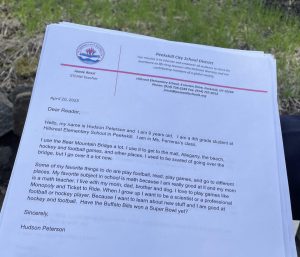
All the letters were printed on special paper that is hoped to stand the test of time. In his letter, 9-year-old Hudson Peterson spoke of loving math “because I’m good at it.” He also mentioned wanting to be a scientist or professional football or hockey player when he’s grown up. He also wondered (to a 22nd-Century reader) if the Buffalo Bills had won a Super Bowl yet.
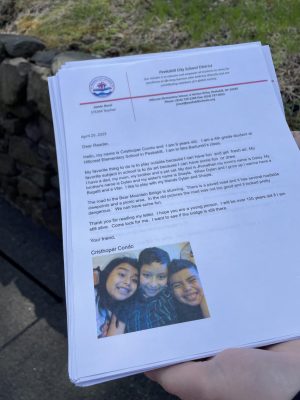 Christopher Condo thanked the future reader for reading his letter and spoke of how dangerous the road to the bridge looked when it was being constructed. He saw pictures from the construction during Goderre’s presentation. He noted that the newer paved road has places to pull off for picnics and viewing of the surrounding area. “If I’m still alive, I will be over 100 years old. Come look for me,” he told a future reader.
Christopher Condo thanked the future reader for reading his letter and spoke of how dangerous the road to the bridge looked when it was being constructed. He saw pictures from the construction during Goderre’s presentation. He noted that the newer paved road has places to pull off for picnics and viewing of the surrounding area. “If I’m still alive, I will be over 100 years old. Come look for me,” he told a future reader.
The letters joined other memorabilia including papers from the Harriman family, who created the Bear Mountain Hudson River Bridge Company to build the bridge and owned it for 16 years before transferring it to the state’s Bridge Authority. The time capsule was sealed by John Brooks, who is the longest serving Bridge Authority employee. He started his career as a toll collector and retired as a bridge manager after 31 years.
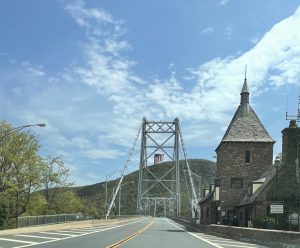
In 1908 New York State wanted to relocate Sing Sing Correctional Facility to the foot of Bear Mountain. Mary Harriman, the widow of Edward Harriman, was inspired by the Palisade Parks Commission established in 1900 to preserve the cliffs on the west side of the Hudson. Harriman donated a million dollars and 10,000 acres to create a park. “It was a watershed moment for land conversation.” said Joan McDonald, chairperson of the New York State Bridge Authority Board, noting that some seven million people visited Bear Mountain and Harriman State parks annually when they opened in 1924.
A special website created to keep track of the centennial celebration can be found at www.bmb100.com. A nine-minute video features footage, taken in 1924, of the bridge’s construction.


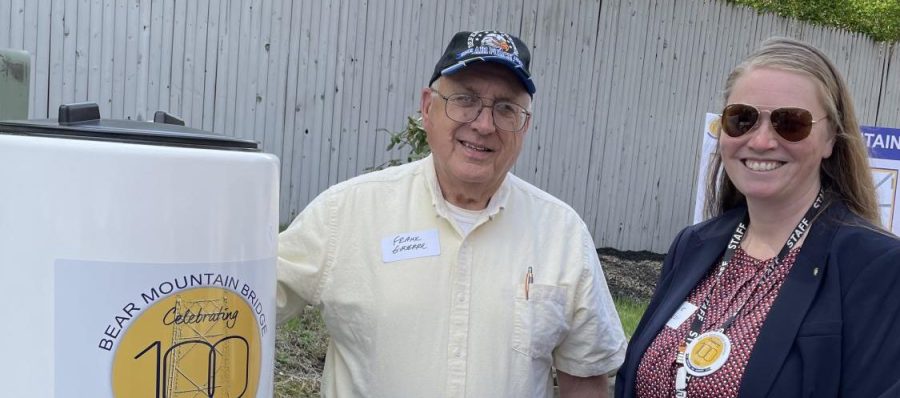
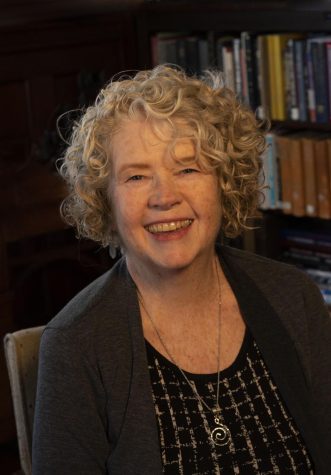


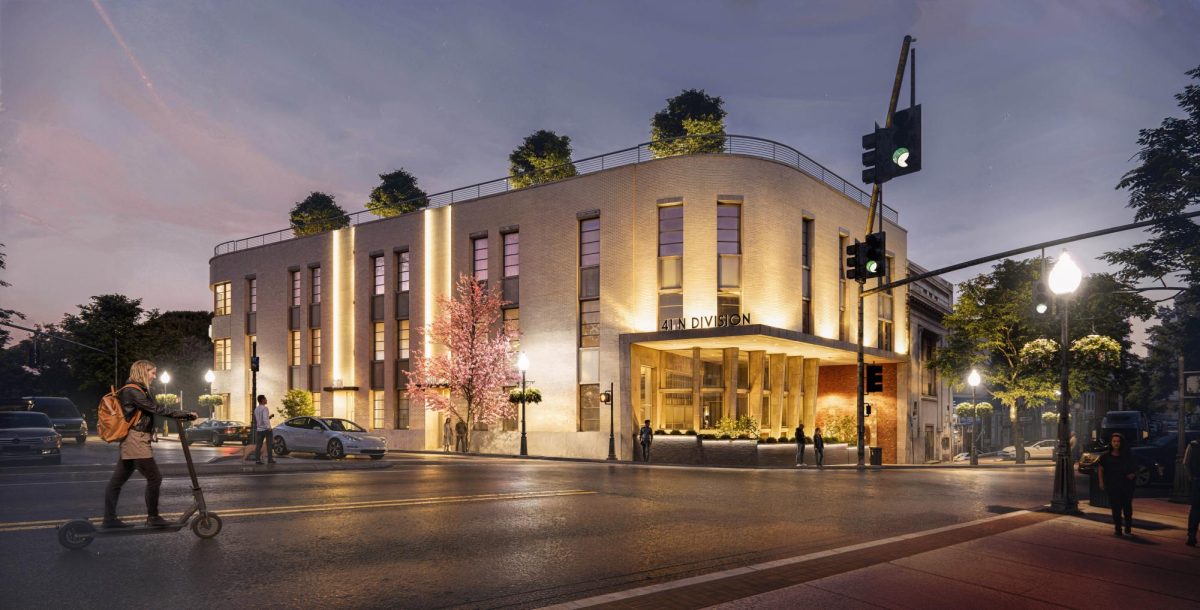

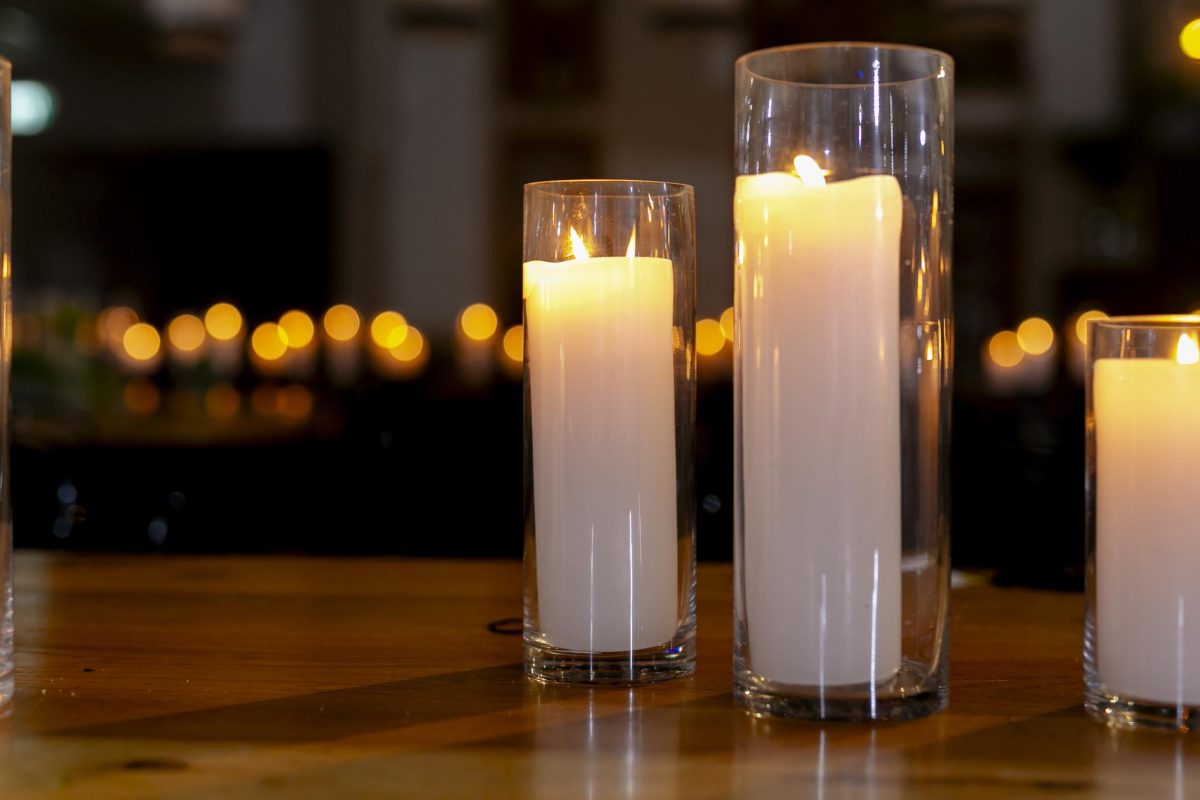
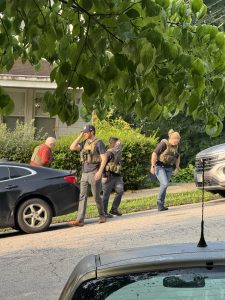

![The fireworks display over the Hudson River will be visible from Riverfront Green Park and the waterfront area. (Peekskill Herald)]](https://peekskillherald.com/wp-content/uploads/2025/07/Fireworks-e1751375539105-288x300.png)

